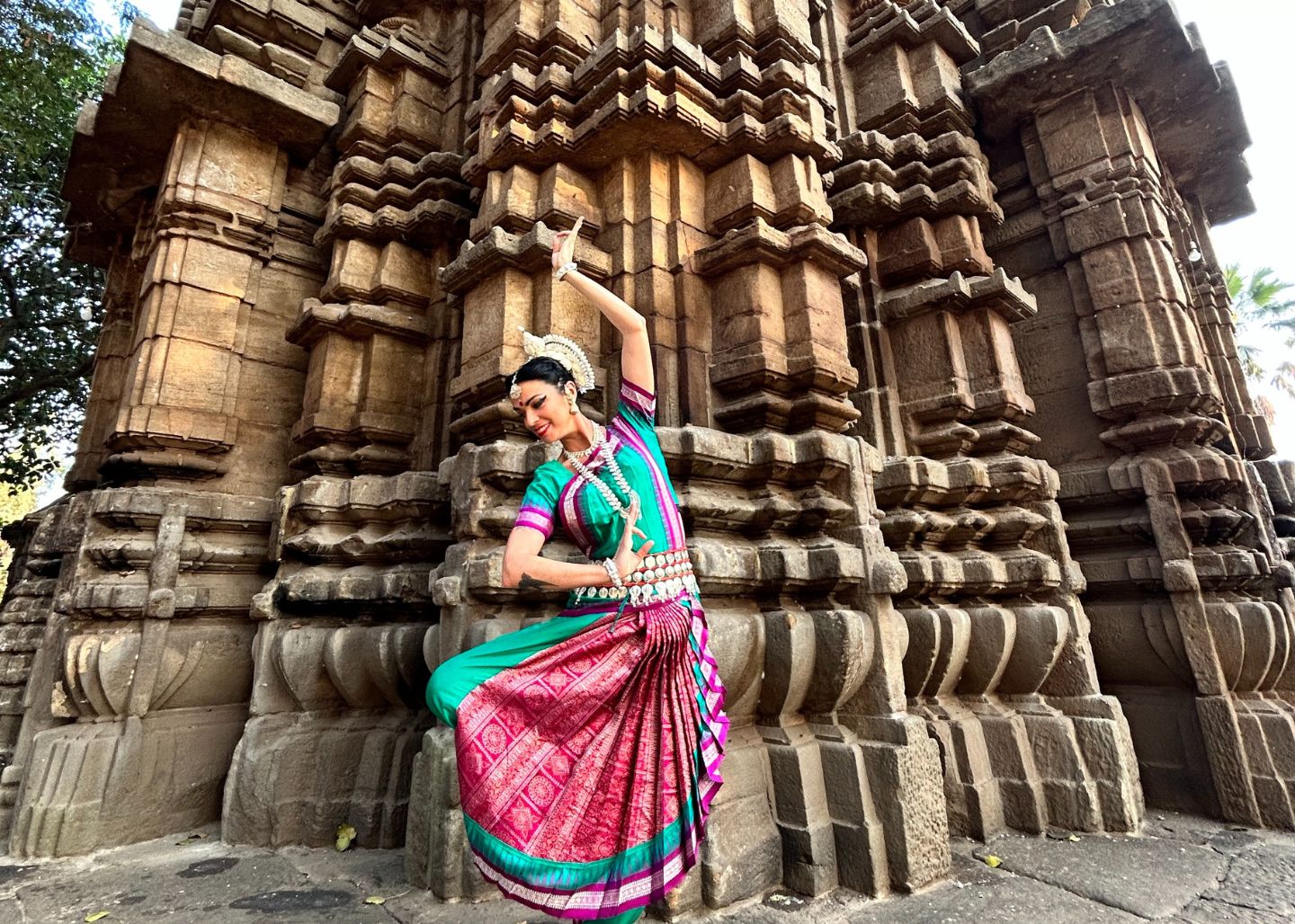
In this blog I summarize essentials about Odissi, an Indian classical dance:
Nowadays, there are eight classical dances in India. Here you can find them listed, together with the place they are original from. (As you know, India is very big):
The fact that Indian classical dances are classified by “regions” can be explained if one looks at the history. Short summary: since India gained its independence from the British colonialism, led by Mahatma Gandhi’s movement, between the years 1942 and 1947, Indian government intended to recognize and elevate the culture, and therefore the classical arts. That is why time and money were invested in gathering arts experts and scholars, in order to create and establish a vocabulary to develop each region’s most characteristic dance. (At another time, I will focus on explaining where are the movements or dances characteristic of each region rooted, being based on folklore or not.)
That is how the idea of what we understand as Classical Indian Dances arises, and more concretely, the one I am going to talk about: Odissi, Indian classical dance.
The Classical Dance form Odissi originates from the state of Odisha, in the Northeastern part of India. It is an elegant and sculpturesque art form, which is several thousand years old. The first documentary evidence of this dance is found in the manuscript about dance and drama Natya Shastra, which is more than 2000 years old. The purpose of this book was to cultivate a profound devotion with a clear spiritual intention.
Odissi is an art form which encompasses dance, music, poetry and expression. It is defined by graceful and gentle movements in opposition to the strong rhythm of the feet. It is a harmonic combination of subtle and rhythmical movements.
Its practical foundation is composed by very demanding warm-up exercises, some of which are originally from martial arts and very strict folkloric dances.
The dancer’s training is based on two basic postures: Chowka, which means square, the body weight is equally distributed on both legs. The other one is Tribhungui, which means three pronounced curves on the body. Starting there, an infinite number of complex movements and extreme beauty are developed. Another element are the Mudras (gestures and positions performed with hands), together with a wider terminology referring to the definition of feet patterns, torso, gaze and neck movements, among others.
In addition, rhythm should be mentioned as the basic engine of the movement and the compositions, as well as the simbology and Hindu mythology that this dance rests upon to reproduce and tell the stories of the Gods.
Nowadays Odissi rises as one of the Indian devotional dances with the most refined aesthetic vocabulary.
I have been traveling and living in India since 2013 to be able to not only learn the art form but also its context, cultural approach and heritage. At Shakti school of dance with Colleena Shakti for about 8 years, then at Gungur Arts Barcelona for 3 more and finally this year I got the chance to participate on a teachers training intensive with the greatest Bijayini Sathpathy in Tamil Nadu, 2024.
I am open to teach abroad this art form, or to gather together online/in person with you to share, teach and perform.
For further information, please contact me here: elizabethmedinadanza@gmail.com
Jai Maa!!
For three days, my entire online platform will be 25% OFF, so you can freely choose any course, style or practice you wish to explore.
What’s included:
Perfect for dancers who want to choose their own path.